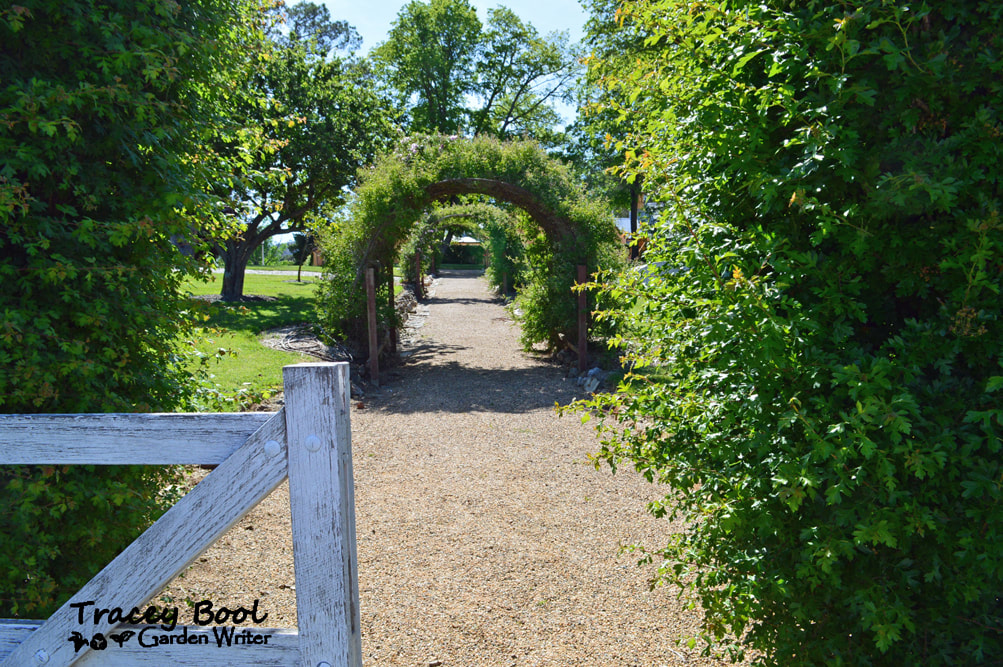|
Historic Lanyon Homestead
(30 November 2017) The majestic Bunya trees at historic Lanyon Homestead in Tuggeranong are a highlight when entering this picturesque property; planted in 1880, these beauties are a significant feature of the landscape. The trees are cordoned off each year to protect visitors from their sizeable falling seed cones. Maintenance assessment has been carried out using drones over recent years, including of the trees overall health and monitoring the developing cones’ inevitable fall. With a rich indigenous and grazier history, Lanyon Homestead is a unique and remarkably well preserved example of layers of history across time. The main homestead at Lanyon was constructed in 1859 from local fieldstone; and the ‘Lily Walk’ is the site of the original entrance. In its heyday, Lanyon Homestead amassed 10 000 acres, stocked 10 000 head of sheep, 500 head of cattle, and produced multiple crops - such as wheat, barley and oats - to secure self-sufficiency. It was run in conjunction with Tuggeranong Homestead. Today, Lanyon Homestead is still a working property, as well as being open to visitors. Aside from the homestead, there are multiple well-preserved buildings, outhouses, cottages, and a maintained biplane airstrip. The old machinery shed has been converted into a living memory exhibition hub, presenting ‘oral histories focused on the lives and memories of the people who have lived and worked at Lanyon’. Currently there is a grandiose and renovated Fowler’s steam engine on display, which was originally used for construction of roads in the Canberra area. Head gardener Neil Walsh strives for a time-appropriate gardenscape at Lanyon. To ensure the existing treescape is maintained long into the future, Neil is focused on succession planting, particularly of the more advanced and mature trees. Healthy pink Mexican and white English Hawthorn trees border areas of the property. They were planted in 1890 as a stock boundary fence. The large veggie garden, and some of the formal gardens and cut flower beds, were built in the 1940s by the Field family; as were some of the other significant landscape works. These garden beds are currently used as display and educational gardens. Produce grown is also utilised by the popular café on the grounds, which overlooks the river and hillsides I might add. There is an established Mediterranean inspired garden, built more recently in 1984, which includes trees such as Medlar, Olive, Loquat and Pomegranate. A lovely rose arbour, one of the many favoured vantage points for photography at Lanyon, is constructed from old wagon wheels – it was common practice at the time to utilise what was available. Adjacent is a well preserved rendered stone wall, built in the 1800’s. Centre stage was a superb Fortunes Double Yellow climbing rose, in full flower and accentuating the rendered wall of the old stable building it adorned. The impressive windmill, the largest in the Southern Hemisphere at the time of its installation, is still in working order and a rural Australian icon, if ever I saw one. For more: http://www.historicplaces.com.au/lanyon-homestead. |
|




